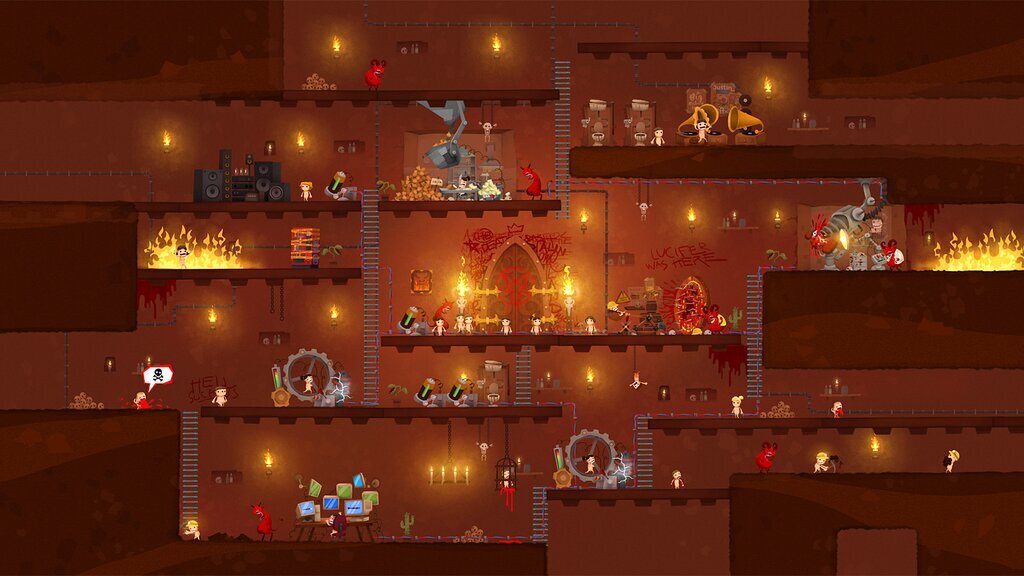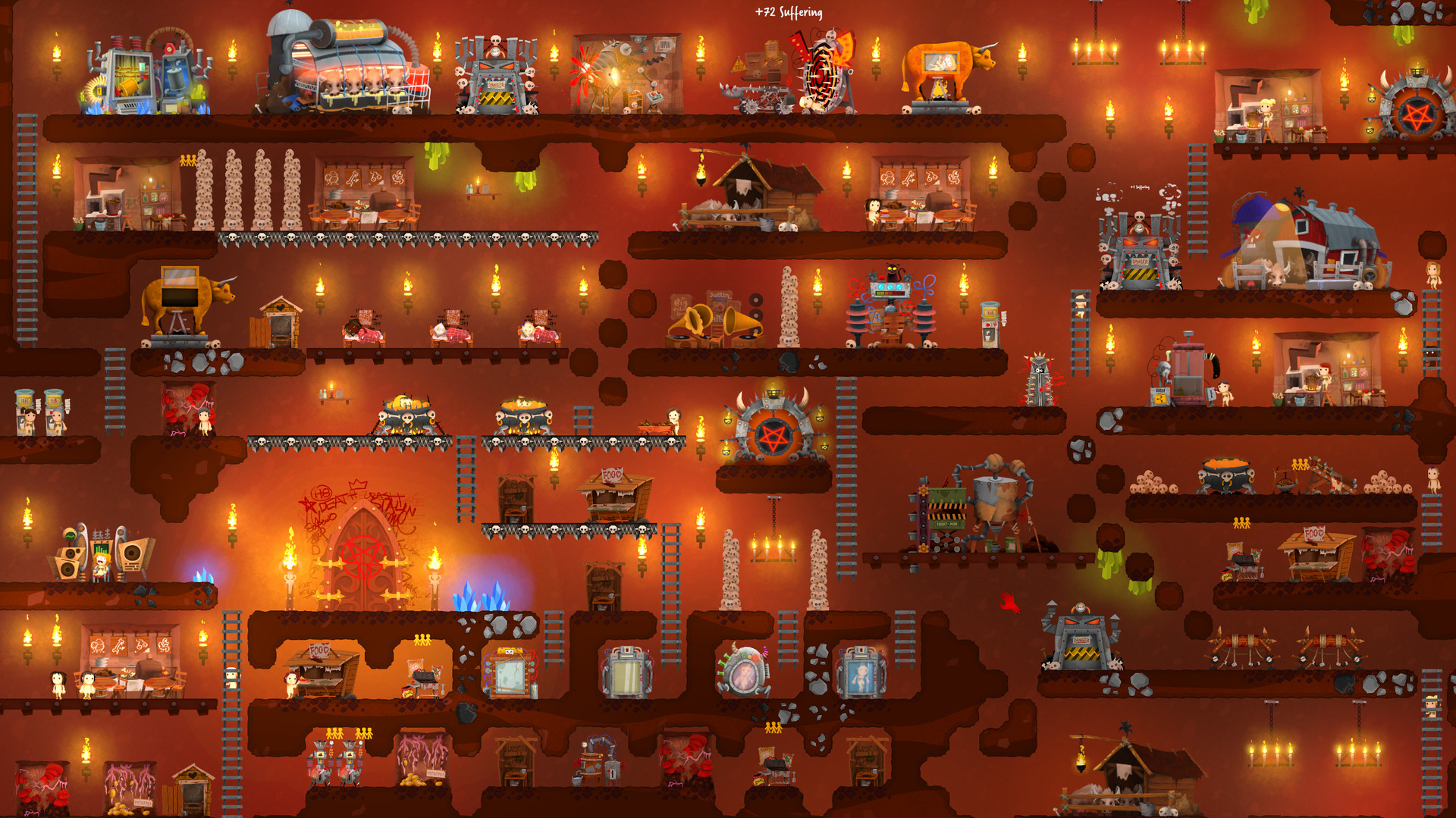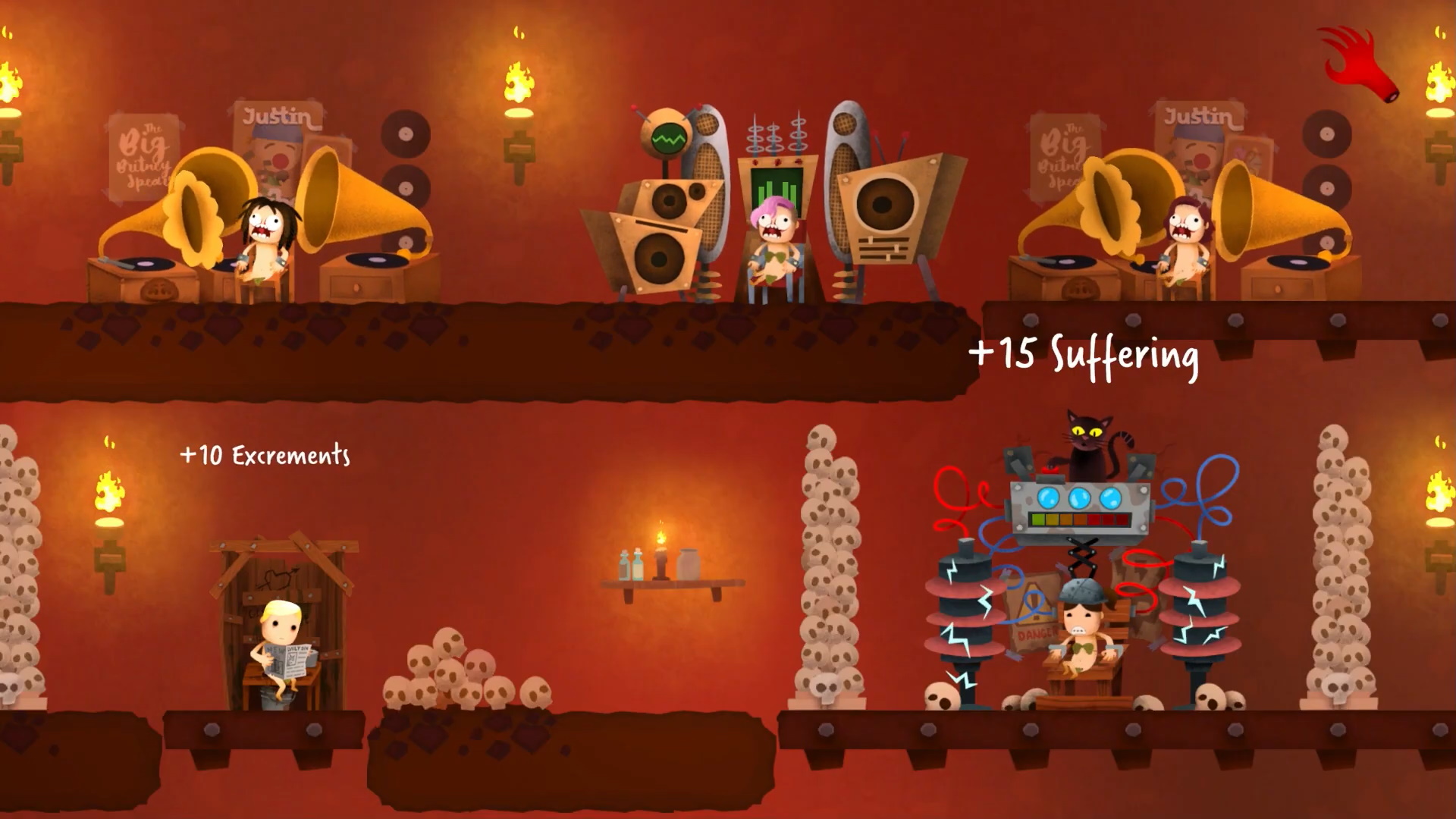
The cenotaph presents a nighttime effect during the day while sunlight illuminates holes that resemble stars from within. Drawings depict a 500 foot tall hollow sphere which is taller than the Great Pyramids of ancient Egypt.


In designing this monument dedicated to Sir Isaac Newton, Boullée uses his “theory of bodies” which claims that the most perfect and natural shape is the sphere. Ĭenotaph to Newton, exterior elevation, by Etienne-Louis Boullée, courtesy BnFĪn example of visionary architecture is Boullée’s Cenotaph to Newton, a monument that exemplifies “talking architecture” which is architecture that is formally expressive of its purpose. There are examples of visionary architecture throughout history, and Jean-Jacques Lequeu belongs to a small group of 19th century architects that includes Claude-Nicolas Ledoux and Étienne-Louis Boullée. “Visionary architecture” stems specifically from this subject of “paper projects” and specifically includes projects that exist in the designer’s imagination, are too revolutionary to build, and also pose a critique to society. Because these projects were so fantastically unbuildable, they would become known as “paper architecture,” or “paper projects.” This is a term used to this day to describe similarly unbuilt projects that exemplify new ideas in architecture. Therefore, architects would produce the most visionary and avant-garde drawings and projects. However, the work would remain unpublished until 1986 when architectural historian Philippe Duboy wrote and published a monograph for Lequeu.ĭrawing Rituals, draftsman’s Tools, from Civil Architecture, Notes on Tools and Recipes for Materials, by Jean-Jacques Lequeu, courtesy BnFĪ history of competitions hosted by the Écoles des Beaux-Arts in Paris encouraged submissions that were unrestrained by the laws and measures that govern reality, like an unlimited budget. Lequeu’s work would live there in obscurity until the mid 20th century when his work was rediscovered by Emil Kaufmann, a Viennese historian. After failing to sell his drawings, he donated 800 pieces of work to the Royal Library of France, which would later become the Bibliotheque Nationale de France (BnF). By then, living off a small pension, he was quite poor and attempted to sell his entire collection of work and drawings.

Some of these drawings became part of Lequeu’s monograph “ Architecture Civile” which he would also fail to publish.Īt the end of his life, Lequeu lived above a brothel which some say contributed to a greater madness depicted in his work. However, because he was creatively untethered and unrestricted at work, Lequeu continued to draw and produce representations of his fantasies of the world and architecture. Though he attempted to court patrons for architectural work, he was never able to complete a project of his own and would fail to gain the notoriety and recognition he desperately sought. Throughout his life Lequeu was a civil servant and worked as a surveyor, draftsman, and cartographer until his forced retirement in 1815. Lequeu’s Legacy Study of Spheres, globe of the Earth, or a framework of a dome’ Ink and wash studies by Jean-Jacques Lequeu, courtesy BnF Every ambitious architect would send in submissions, including Claude-Nicolas Ledoux and Étienne-Louis Boullée, who would serve as a critical point of comparison to Lequeu. However, the prestigious École des Beaux-Arts in Paris continued to host architectural competitions that offered extraordinary prize and renown.

He also won a prize for a design for a monument for King Louis XVI which led to a scholarship to study in Paris.Īt this time, the motivations behind the French Revolution were beginning to take root. Under his employ, Lequeu drew the dome for the church. There, he won many awards and ultimately a position with a local architect, Jean-Baptiste le Brument who was working on a neoclassical church, L’église Saint-Madeleine de Rouen. Lequeu showed early talent in drawing and studied at the Rouen School of Drawing. He was born in 1752 to a family of carpenters in Rouen, the capital city of Normandy, in the northern region of France. Jean-Jacques Lequeu was a French architect and draftsman who failed to gain recognition in his lifetime yet was very concerned about the prospect of his legacy. Front elevation of a Cow Barn and Gate to the Hunting Grounds, from Architecture Civile, in ink and wash by Jean-Jacques Lequeu


 0 kommentar(er)
0 kommentar(er)
